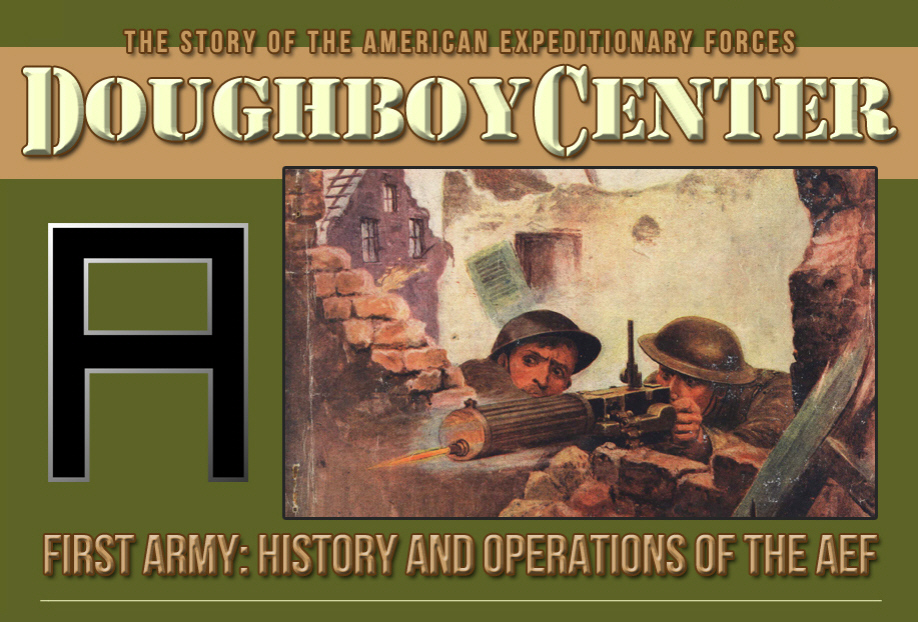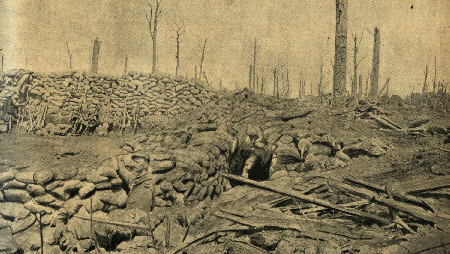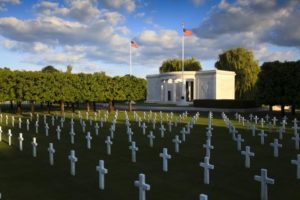
NFL News:
- The games go on in Grudentown – Martavis Bryant is back with the Raiders on a one-year deal.
- Scoring 13 points & having no deep threat will certainly make an embarrassed coach take another look at a player he gave up a third-rounder for back in the spring.
- At least they can use him until a decision is reached on his substance abuse violation, which could be up to a year’s suspension.
- The Nathan Peterman era is over (again): Josh Allen will start Sunday for the Bills.
- Beerguyrob’s fantasy advice: Pick up Joey Bosa, because they’re playing the Chargers and he’s gonna feed.
- No word yet on Aaron Rodgers’ knee.
- He is practicing with the “rehab group“, which kinda sounds more appropriate for Josh Gordon or Martavis Bryant.
- The Packers have until 5:00 PM ET today to place his injury details on League documents, so maybe it’ll be released whilst I’m teaching grammar to kids who should already know better.
- Le’Veon Bell has been removed from the depth chart in Pittsburgh, an indication he’s not playing in Week-2.
- It takes stones to turn down $835,000 per week for principles.
Finally, not NFL news but follow-up to my story yesterday about selling beer at minor league baseball games. The Northwest League championship was decided in Eugene last night, and the Emeralds, whose overall record was 31-45 but they had the second-best record in their division so they qualified, won the championship on a walk-off balk.
Deadspin has all the gory details, if you so choose. It’s all part of what makes minor league baseball fun – you always have half a chance.
It’s been a while since I did one of these, but given that school’s back in session – so are you.
September 12, 1918 – The Battle of St. Mihiel – a.k.a. – “America’s First D-Day”
To quote Business Insider, the earliest known use of the term “D-Day” dates back to World War One. The U.S. Army Center of Military History identifies this distinct origin: “In Field Order Number 9, First Army, American Expeditionary Forces, dated September 7, 1918: ‘The First Army will attack at H hour on D day with the object of forcing the evacuation of the St. Mihiel Salient.'”

The Americans led the attack on St. Mihiel using the newly created First Army under General Pershing. Numbers vary, but the First Army of St. Mihiel had seven divisions numbering over 500,000 US & 100,000 French troops. It is notable for being the first offensive launched by the US Army during the war – most US contacts prior to this were reactive assaults or as part of a larger multinational contingent. This was important because Pershing had resisted allowing other countries commanders to use US troops as ‘hole fillers’ in troop commitments. He didn’t want American troops fed into the same meat grinder that the British & French had been using for the previous four years.
He devoted most of his time from US deployment after April 1917 to planning for eventual US American Expeditionary Force missions. In June 1917, to compliment the infantry divisions, Pershing announced the creation of a tank force under then-Lieutenant Colonel George Patton, who by September 1918 had two battalions under his charge.

Air Force Magazine, the choice of flyboys everywhere, describes the area this way, in its analysis of the role of Billy Mitchell, the first chief of the Army Air Force:
 The salient was 25 miles wide at its base and 15 miles deep, extending from about 10 miles southeast of Verdun to the town of St. Mihiel on the Meuse River… In the course of four years, the German forces had diligently fortified the whole area with the usual trenches, wire barricades, and concrete pillboxes in the front line, backed up by a second line of similar works. If the Allies broke through all this, they would then be faced with the Hindenburg Line, a heavily wired series of trenches and strongly built dugouts that the Germans had equipped elaborately. Behind the Hindenburg Line there loomed the formidable fortress system of Metz and Thionville. The salient was defended by 8.5 divisions of ground troops, including a large Austro-Hungarian element.
The salient was 25 miles wide at its base and 15 miles deep, extending from about 10 miles southeast of Verdun to the town of St. Mihiel on the Meuse River… In the course of four years, the German forces had diligently fortified the whole area with the usual trenches, wire barricades, and concrete pillboxes in the front line, backed up by a second line of similar works. If the Allies broke through all this, they would then be faced with the Hindenburg Line, a heavily wired series of trenches and strongly built dugouts that the Germans had equipped elaborately. Behind the Hindenburg Line there loomed the formidable fortress system of Metz and Thionville. The salient was defended by 8.5 divisions of ground troops, including a large Austro-Hungarian element.
Despite these fortifications, Pershing readily agreed to have the Americans try to pinch off the St. Mihiel salient as the initial step in a series of Allied offensives to end the war. He was eager to both test American mettle and begin the process of hastening the end of the war & sending his doughboys home.

The Battle of St. Mihiel began on September 12, 1918 at 0100 hours. To borrow from “The Independent“, Wire-cutting crews were sent out before dawn to tackle the barbed wire. When the gloomy day broke, Pershing’s strategy of isolating the remaining Germans pincer-fashion, liberating villages one by one and retaking territory that for years had blocked train routes east from France, was put into violent, deafening motion.
Half a million men took part, in seven divisions, making it the single largest military undertaking in America’s still young history. Roughly a million shells were fired on German positions in the first four hours. As the foot soldiers and tank formations made gradual advances, teams of horses dragged the heavy guns through the mud to take the barrage forward. But while progress over nearly four days of battle was faster than even General Pershing had hoped, the cost in life, limbs and blood, on both sides, was terrible.
 The Germans suffered the greatest casualties – 5000 dead & wounded; 15000 taken prisoner – but the Americans & their allies suffered 7000 casualties of their own, including 2500 KIA. The news would be a great shock to most Americans, who had not been exposed to a casualty count this high since the US declared war in April 1917. The weather played a significant factor in the casualty count, as troop movements were bogged down by the mud, and they were forced to advance from known trenches the Germans easily targeted. Further, the aerial reconnaissance Mitchell nascent air force undertook was rendered useless by the weather impacting their ability to survey the active battlefield. However, the numerical & materiel superiority of the Allied forces was too much for the Germans to overcome with their reduced numbers & morale.
The Germans suffered the greatest casualties – 5000 dead & wounded; 15000 taken prisoner – but the Americans & their allies suffered 7000 casualties of their own, including 2500 KIA. The news would be a great shock to most Americans, who had not been exposed to a casualty count this high since the US declared war in April 1917. The weather played a significant factor in the casualty count, as troop movements were bogged down by the mud, and they were forced to advance from known trenches the Germans easily targeted. Further, the aerial reconnaissance Mitchell nascent air force undertook was rendered useless by the weather impacting their ability to survey the active battlefield. However, the numerical & materiel superiority of the Allied forces was too much for the Germans to overcome with their reduced numbers & morale.
An acknowledged key to US success was their officers’ command on the battlefield. Unlike the British & French, who commanded from the safety of the rear lines, most US commanders were at the front with their units, which gave them opportunity to assess the battle as it unfolded & make strategic changes in real time. Patton was acknowledged for this ability, and was awarded the Distinguished Service Cross for his ingenuity & heroism after this battle. It was also how he came across Brigadier General Douglas MacArthur, because Patton’s 327th tank battalion overran the position MacArthur’s 42nd Division was trying to nail down. The two men interacted for about two hours, an incident more fondly remembered by Patton than MacArthur.
Aside from Pershing, Mitchell, MacArthur & Patton, a US military history ‘murderers’ row’ all involved in one battle, one other notable American participant was First Lieutenant Maury Maverick. He earned the Silver Star and the Purple Heart during his service in the war, particularly at this battle & the Battle of the Argonne. He was a lawyer upon his return to the States, but later was elected to Congress from Texas’ 20th District in 1934, and hired as his congressional secretary Lyndon Johnson. He served two terms, and is notable for inventing the word “gobbledygook” to describe the jargon and long-winded government memos (that were “long, pompous, vague, involved, usually with Latinized words…”) he encountered during his time in Congress.
The St. Mihiel American Cemetery itself was dedicated in 1937. There are 4,153 soldiers buried there, with 284 acknowledged as MIA.


They are hosting a ceremony on September 22nd to commemorate the 100th anniversary of the battle, and on November 11th they will host a memorial in honour of the 100th anniversary of the Armistice ending the war.
Tonight’s sports:
- MLB:
- Blue Jays at Red Sox – 7:00PM | Sportsnet
- Brewers at Cubs – 8:00PM | ESPN / TSN2
- CHL:
- Humboldt Broncos home opener – 8:30PM | TSN
- their first game after the bus tragedy that killed half the team in May.
- Humboldt Broncos home opener – 8:30PM | TSN
- WNBA Championship:
- Game 3: Seattle Storm at Washington Mystics – 8:00PM | ESPN2
- Curling:
- World Cup: First Leg – from Suzhou, China
- Men’s – Canada vs. Scotland – 12:00AM | TSN2
- World Cup: First Leg – from Suzhou, China
Football tomorrow night, so I’ll see you Saturday. Until then,

Re Brocky’s wedding: Here’s the song the bride and groom should leave the reception hall
https://www.youtube.com/watch?v=fYNQzqNqzdc
Are we still making shitty requests for the wedding Brocky’s going to? I would say if you, um, knew the bride, you could go with “I Hit It First.” Also you could go with “Friends in Low Places” but I used that for Both Kinds of Music Night yesterday.
https://www.youtube.com/watch?v=vS-zEH8YmiM
Currently regretting both not having driven to the airport on the way out of town AND abstaining from drinking.
https://www.youtube.com/watch?v=0VxtEGsssxE
Wakezilla wasn’t kidding about his affection for Nicki Minaj
Nicki Minaj or those donuts, I’ll be doing a ton of eating